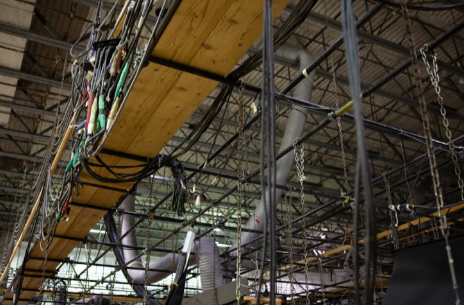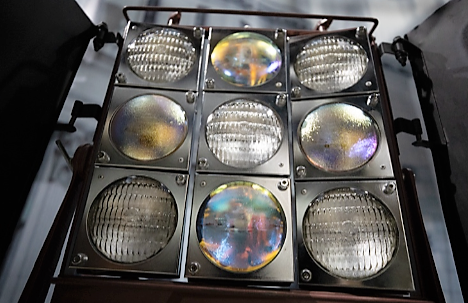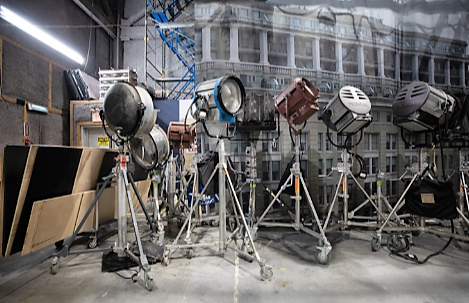As one of the premier studio production companies in New York, Broadway Stages works to meet the growing needs of the film and TV industry while also focusing on the needs of our community. We provide the industry with a soundstage or location where they shoot their scenes, but they also need a skilled and experienced workforce. In this series, we look at the various jobs that make a production come to life. We hope it provides insight and encourages you to consider a career in the film and TV industry. This week, we look at the role of a Props Manager.
What does a Props Manager do?
In our last blog, we looked at how the artistry and creativity of scenic artists add detail and texture to a production’s physical set to create a believable depiction of the unique world of a TV show or film. Adding additional layers to this believability is an art department team that is responsible for the physical property that the actors interact with – this is the property, or “props” department. From animals, documents, and food, to sunglasses, sports equipment, candles, badges, weapons, and more, the list of items that the props department manages is diverse and seemingly endless.
Job description
The lead role in the props department is the props manager (also known as the props master). The props manager works closely with the production designer, art director, and others to determine what props will be needed and whether the props need to be bought or made. This will entail managing the budget and doing research to ensure the props are accurate to the production’s time period, location, or other specific aspects. Additionally, the props manager will need to arrange for the purchase of any props that need to be bought, and to secure and manage the services of manufacturers for any props that need to be made. They will then need to organize the props for efficient retrieval as they are needed on the set, and ensure they are removed when production is wrapped up. Keep in mind that there will need to be multiple back-up props in case of damage, so the props manager is responsible for a large inventory. Further, an important element of the role is to ensure safety protocols are followed by all those handling the props.
Depending on the size and budget of the production, the props manager might be responsible for overseeing individuals handling specialized props, such as food, animals, or weapons, or they might need to handle these props directly. Similarly, on a smaller production, the props manager might even need to make the props themselves! Learn more about the job responsibilities of a props manager at MasterClass, Backstage, and Screen Skills. Watch a good overview about the importance of props from this Raging Cinema video, “Why Props Matter,” which provides film examples of the many different kinds of props that can be used and how they serve as an integral part of telling a film’s story. Also, see this Great Big Story video, “Making a Paper Trail,” in which paper props artist Ross MacDonald discusses the many props, such as books and documents, that he has created over the years. You are sure to see many familiar images in these videos!
How do I become a Props Manager?
The role of props manager requires a broad range of knowledge and experience. As a lead role, you need to possess planning, organizational, and communication skills as you work with your team and others. Additional skills that are important in this role include conducting research, learning the intricacies of the various props and how they work, the ability to negotiate pricing as you purchase props, and knowledge of industry safety protocols, including receiving firearms training and certification.
To become a props manager, you need to have experience, which will require working your way up within the art department, doing various props-related jobs to learn the industry. Also, working in a props warehouse will be helpful to gain experience. In addition, it will be important to develop a network of craftspeople and manufacturers to fulfill your props needs. A degree is not required for this role, but training in fine arts or design is helpful, as is participating in an apprenticeship program. For more information on how to become a props manager, see Media Match and MasterClass. Finally, for a fascinating look at the skills and responsibilities of professional prop managers, read this Mental Floss article, “11 Behind-the-Scenes Secrets of Prop Masters.”
Learn about film and TV industry jobs, training, and more in the Broadway Stages’ Industry Resource Guide. Our guide provides information about industry-focused job posting sites; links to general recruiting sites; education and training programs; and state, city, and borough industry information.












